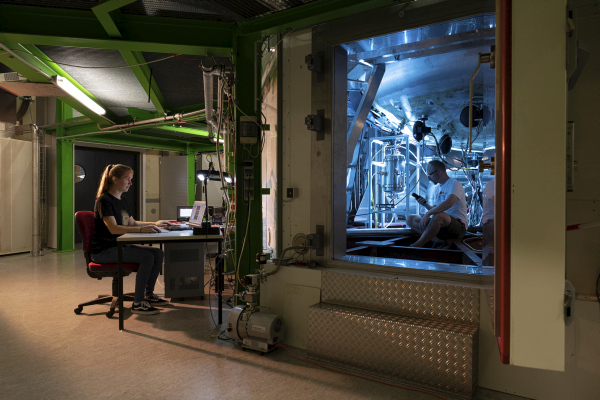Helmholtz Association green lights interdisciplinary SARS-CoV-2 aerosol consortium CORAERO
Over a year into the COVID-19 pandemic it has become evident that airborne virus dispersion via bio-aerosol is a major factor contributing to the rapid spread of the disease, which is still ravaging around the world. To meet this “grand challenge” the Helmholtz CORAERO consortium combines expertise in virology, biology, medicine, physics, chemistry, aerosol research and technology, material science, and engineering. With its focus on impact research, several industrial partners are also participating in the consortium from the start. The consortium aims to support the development and testing of new air filtration and virus deactivation technologies, which will help to inhibit further spread of COVID-19 and be better equipped for a possible future pandemic.
The CORAERO program investigates e.g. how virus laden aerosol particles disperse in dynamic situations like in class-rooms, restaurants or in public transportation. IMK-AAF adds to CORAERO its profound aerosol know-how as well as its research infrastructure, including the large AIDA aerosol chamber. At IMK-AAF we plan to study the behavior of Bio-Aerosol at the critical droplet sizes of less than 20 micrometer in diameter at conditions of different temperatures, humidity, or under the influence of solar irradiation. Of particular interest is the question how long a virus encapsulated in aerosol remains viable under these conditions.
Further Information
Contact
Dr. Thomas A. Dresch

